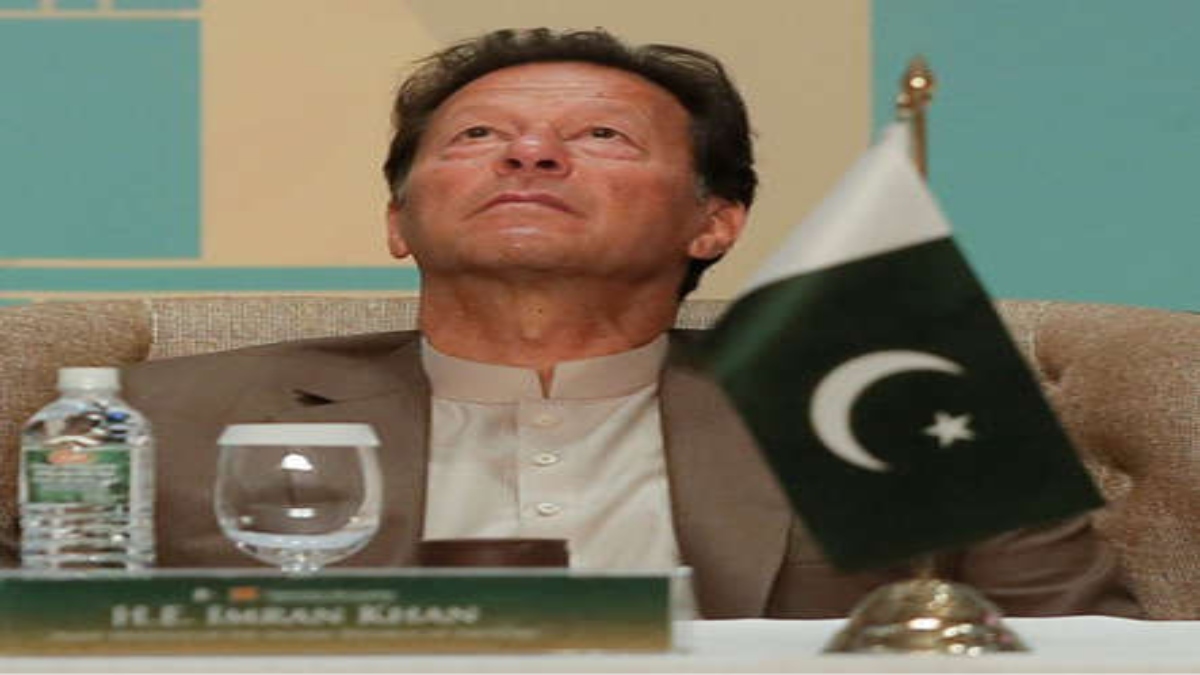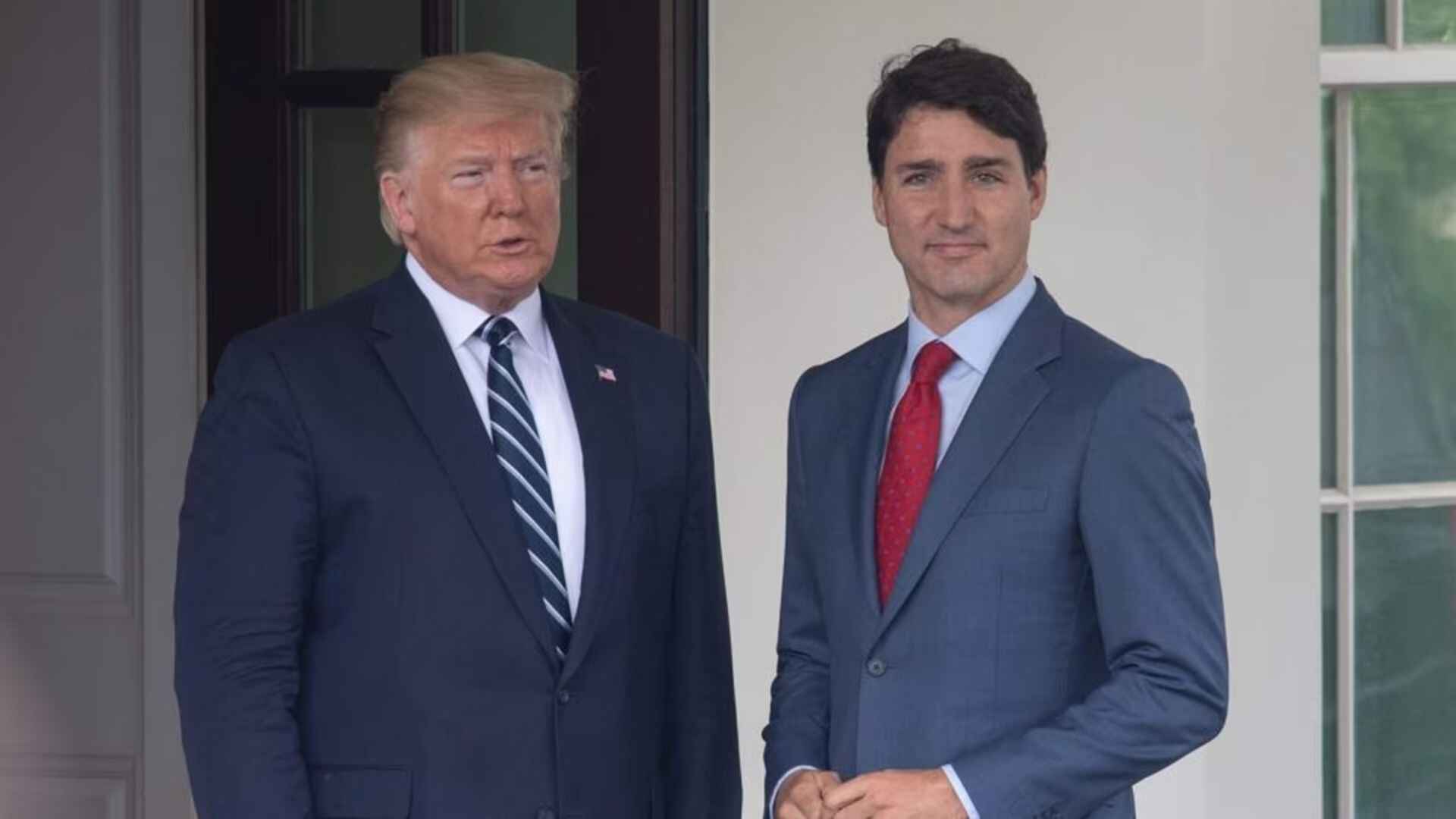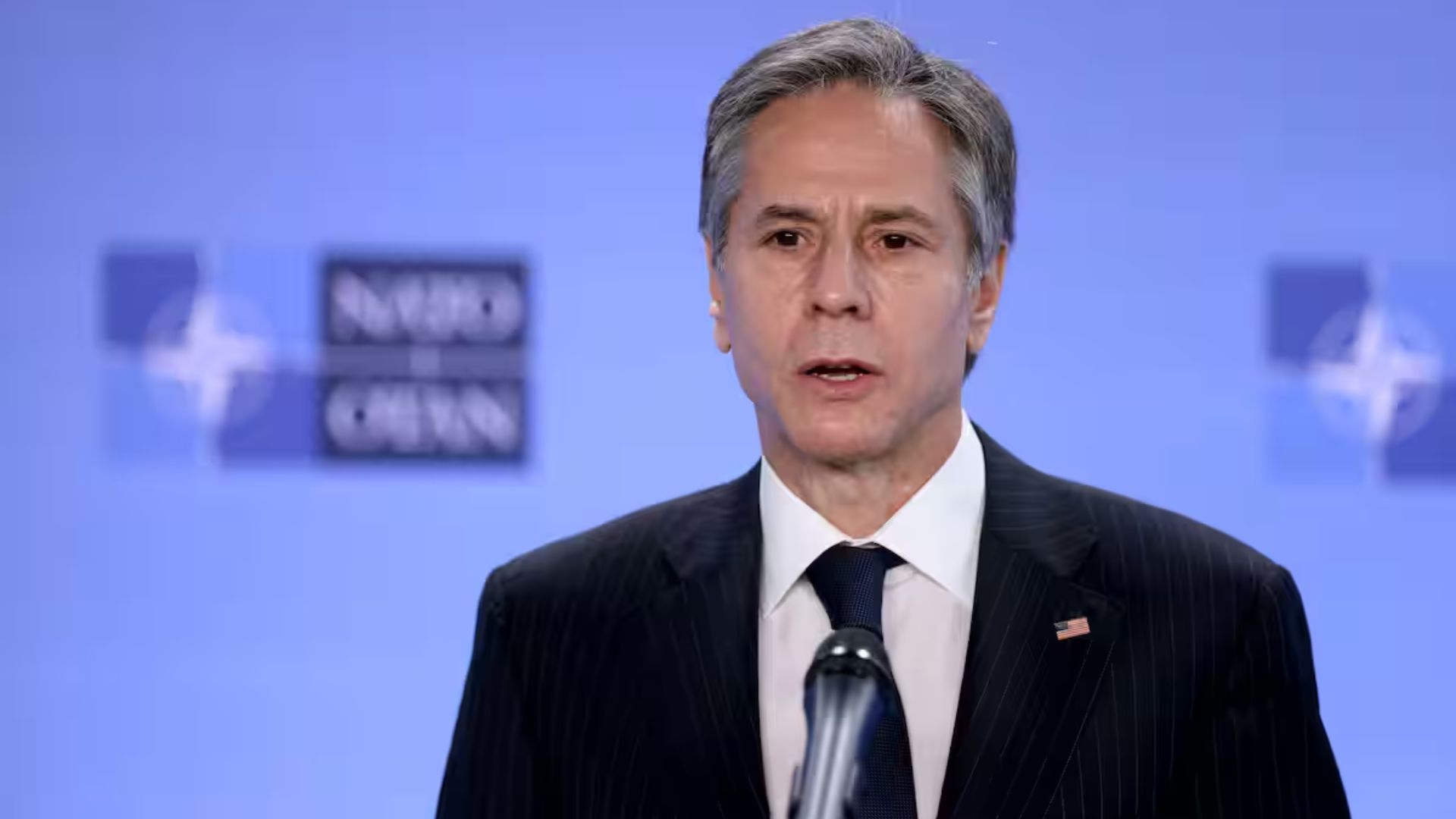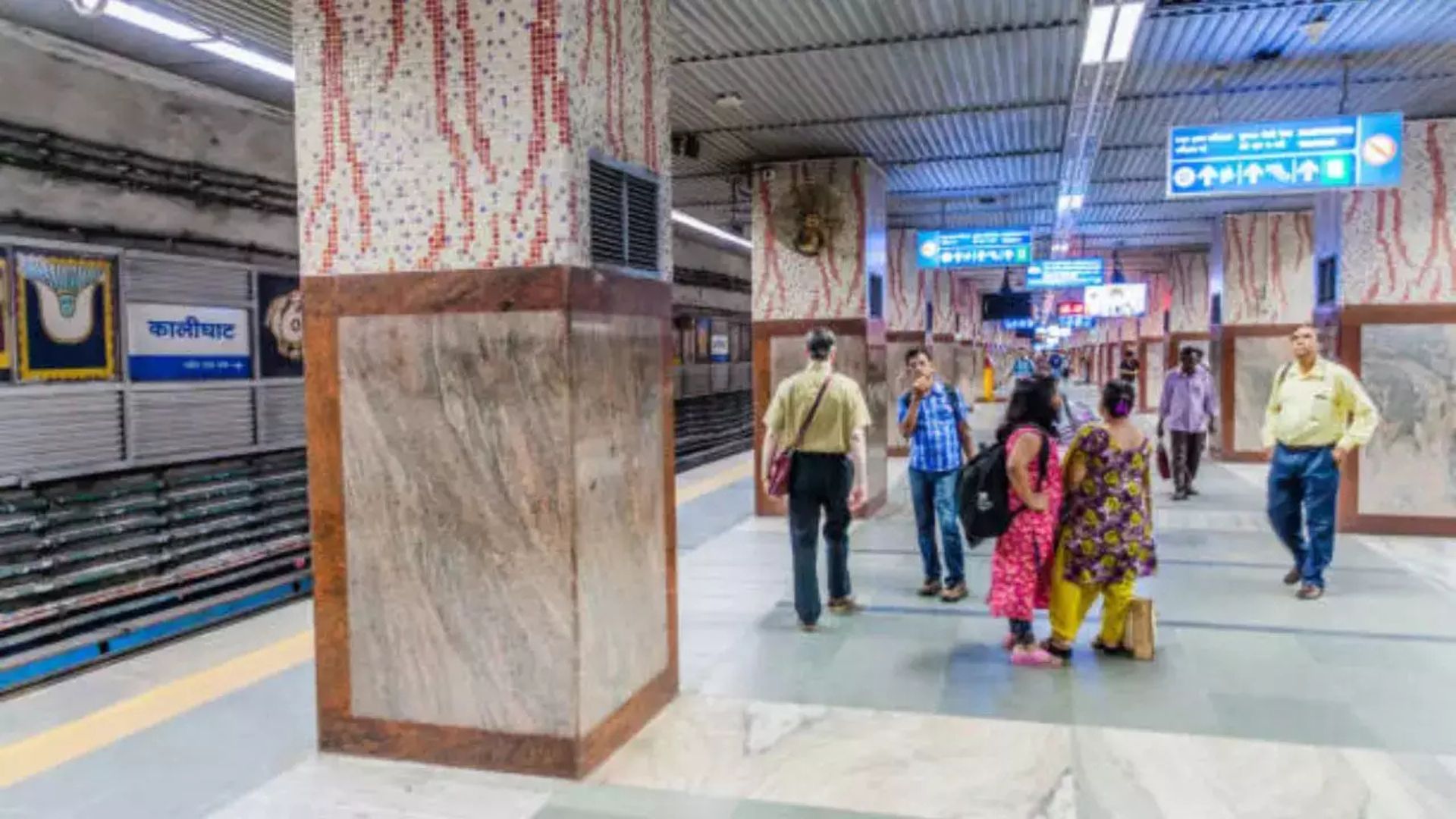
With Pakistan witnessing its worst floods, several questions have risen, both inside the country and worldwide. Before the floods, Pakistan was already going through political, economic, and social turmoil, with tensions visible through recurring protests, news of ethnic persecutions, human rights violations, and dire living conditions for Pakistanis in many regions. The southern province of Sindh has been the most affected. According to Sindh’s Information Minister, more than 600 people have died in flood-related causes, and the province is set to face unsurmountable losses in agricultural production. Ironically, before the floods, Sindh faced an acute water shortage. The situation was so grave that Sindh Chief Minister Murad Ali had appealed to farmers not to cultivate rice. Sindhi leaders blamed Punjab’s provincial administration for stealing Sindh’s water and creating a water crisis.
Floods and failures
The floods have exacerbated underlying tensions in Pakistan, which the leaders have tried to bury for a long time. The indifference toward human rights and ethnic minorities came under the spotlight as floods’ devastating effects started mounting. In one such incident, Sindh police arrested journalist Nasrallah Gaddani after he covered the story of Hindu flood victims who were expelled from the flood relief camp.
In many ways, Sindhis are waking up to the realisation of having been docile with their government for far too long. Several recent videos circulating over social media platforms like Twitter highlight that the worsened situations are being blamed not on floods but the government’s mismanagement and the pursuit of selfish political interests.
Pakistani politicians have not helped their case either. While surveying the region on a boat, a viral video showed senior Sindh government leaders comparing the flooded areas of Sindh with Italy’s Venice. A few days later, the same leader was seen running away in a video when flood victims blocked roads and surrounded him, demanding accountability.
In another instance, hundreds of protestors came to bring to notice to the visiting PM Shehbaz Sharif, Foreign Minister Bilawal Bhutto Zardari, and Sindh CM that they haven’t been provided relief materials even after multiple assurances. In response, Sindh police lodged cases against over 100 unidentified persons on terrorism charges for allegedly inciting flood victims outside a relief camp and attacking police personnel.
Shifts in Sindh
A lot of Sindh’s turmoil has its roots in the ongoing political discourse. The dynamic between the three biggest political parties in Pakistan—Imran Khan’s PTI (Pakistan Tehreek-i-Insaf), Sharif’s PML-N (Pakistan Muslim League-N), and Bhutto’s PPP (Pakistan People’s Party)—can be seen at play in Sindh.
After successfully removing Imran Khan from the helm through a no-confidence motion in April this year, PPP and PML-N formed a coalition government, electing Shehbaz Sharif (former PM and party founder Nawaz Sharif’s brother) as the PM and making Bilawal Bhutto Zardari (son of party co-chairman Asif Ali Zardari) the foreign minister.
PTI is the largest opposition party in Sindh, which is ruled by PPP (with Syed Murad Ali Shah as CM). In the 2018 general elections, the PML-N lost its stronghold in old Punjab province, with the PTI coming to power through a coalition government. Now, it looks like Bhutto’s might also lose their stronghold Sindh to Imran Khan’s PTI in next year’s general elections.
Several reasons contribute to shifting tides in Sindh. Firstly, the floods have anguished Sindhis to a great extent. It has been highlighted over social media that Sindh police created hurdles for trucks and vehicles loaded with relief goods, especially those arriving from Punjab. It has been alleged that police allowed vehicles to pass only after taking bribes. Other videos showed Sindhis complaining that they have not received the 25000 rupees aid promised to flood victims by the PPP government while underlining that people in PTI ruling provinces have received the aid. For Sindhis, while the PPP and the Bhuttos are falling short of their promises, Imran Khan is exceeding expectations.
Secondly, political backlash against PPP is now coming from multiple directions. The Jamaat-e-Islami (JI) Karachi head (another Pakistani political party) condemned the Sindh government over rampant street crimes. He warned that the party would assemble masses for protests in front of police stations if the government and police department failed to put an end to the increasing number of mugging incidents and robberies. As floods recede and the exact toll on livelihoods comes to light, the after-effects might worsen the law and order situation in Sindh cities even more.
Thirdly, as the flood worsens Pakistan’s economic and food security, Sindh, an agricultural hub, will be significantly affected. While prices of essential commodities were already soaring, a shortfall in crop production will affect both exports and domestic availability. This can lead to more protests in the coming months.
Finally, the Imran Khan factor is set to play a big role in Sindh. Since his ouster, he has gained immense popularity among the masses of Pakistan, who now see him as a beacon of hope for democratising Pakistan and standing up to the Pakistani army and China. Asif Ali Zardari (the PPP co-chairman) is said to have been the chief architect behind the no-confidence motion in April. In a recent interview, Imran emphasised that the ‘Zardari mafia’ has kept Sindh undeveloped through loot and plunder and said that Zardari’s days were numbered. Highlighting the ‘system of injustice’ installed by Zardaris, Imran urged the youth to fight and defeat him in the coming elections. He also vowed to raise donations for Sindhi flood victims through his international telethon (fundraising event). He had already collected 5 billion rupees worth of donations successfully through these telethons.
What lies ahead?
It is expected that it will take years to rehabilitate and rebuild Sindh and other affected areas in Pakistan. But while these regions struggle, Pakistani politics will not slow, especially with next year’s general elections. Meanwhile, Imran Khan is making all the right noises and reaching out to people in ways that have not been seen in Pakistan in the last several decades. Sindh provides a glaring example of these developments. As Imran rolls on, the shaping dynamics will be monitored closely in Washington, Beijing, and New Delhi. The ongoing floods might bring some significant changes to Pakistani political discourse.
(Divyanshu Jindal is a Research Associate at Centre for Air Power Studies)















